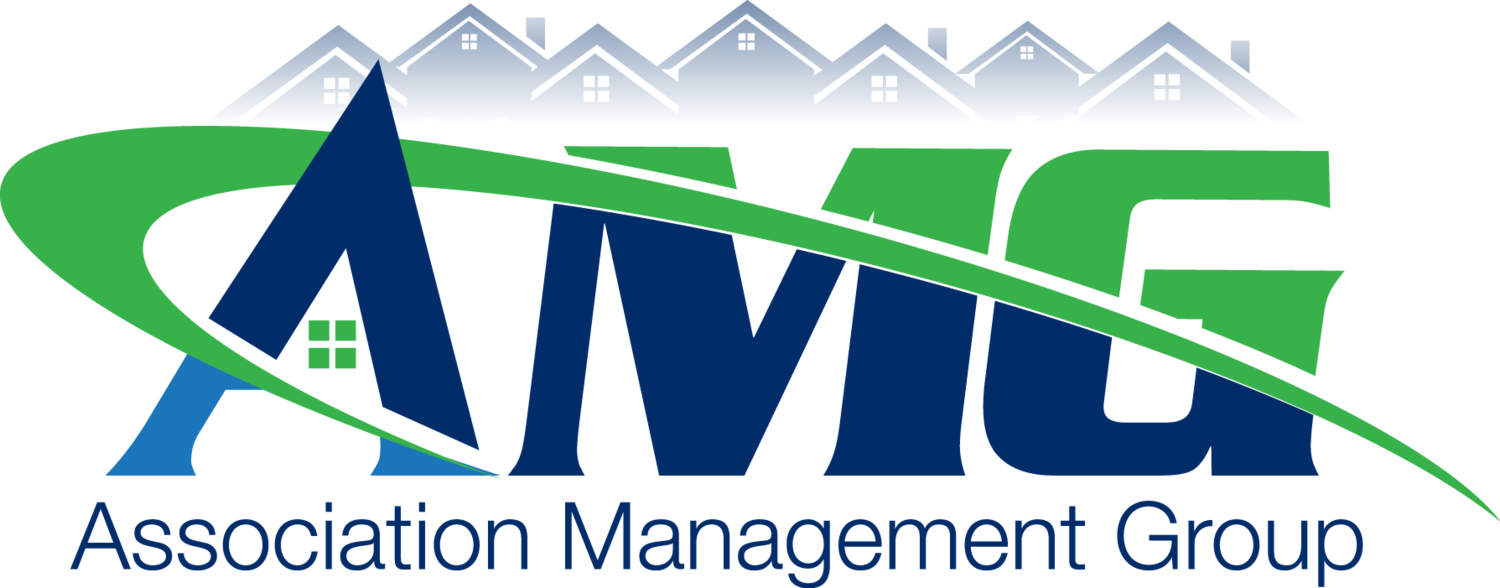An Update from us on solar panels in North Carolina
/Recently, the Supreme Court of North Carolina handed down a decision (in Belmont Association, Inc. v. Farwig) which greatly affects the ability of planned communities to regulate the location and placement of solar panels on lots within the community. The ruling does not affect condominium communities created under Chapter 47A or Chapter 47C of the North Carolina General Statutes. The ruling does, however, potentially affect all planned communities with restrictions recorded on or after October 1, 2007 (the effective date of N.C.G.S. § 22B-20).
In Belmont, the Farwigs installed solar panels on the front of their home without architectural approval. When they subsequently applied for approval, they were denied and told to remove the front-facing solar panels as they were only permitted on the rear roofs in the community.
The Declaration didn’t expressly address the issue of solar panels, but they were considered an “improvement” under the architectural provisions of the Declaration. The court held that the architectural provisions contained in the Declaration (as applied to the Farwigs’ solar panels) had the effect of prohibiting the installation of solar collectors under 22B-20(b) and were invalid since, in the Court’s judgment, neither of the two exceptions contained subsections (c) and (d) of the statute applied.
In analyzing the two exceptions contained in the statute, the Court first concluded that 22B-20(c) provides an exception for a deed restriction, covenant, or similar binding agreement that does not have the effect of preventing the “reasonable use” of a solar collector. Second, 22B-20(d), provides another exception which permits a deed restriction, covenant, or similar binding agreement that runs with the land that would prohibit the location of solar collectors that are visible by a person on the ground in three specific locations described in the statute.
The Belmont Court concluded (without significant explanation) that the restriction in the case prevented the reasonable use of solar panels and, therefore, the exception in subsection (c) did not apply. The Court then held that the exception in subsection (d) did not apply either because the restriction at issue here did not expressly prohibit the installation of solar panels in the relevant location(s) – rather the restriction only had the “effect” of prohibiting the installation of the solar panels by leaving that decision up to the architectural reviewer. In other words, the Court was careful to distinguish language “having the effect of prohibiting solar panels” from language that actually and expressly prohibits them. Ultimately, having determined that neither exception applies, the Court ruled in favor of the Farwigs and found that the restrictions, as applied to their solar application, were invalid under 22B-20(b).
This is an important decision for many of our association clients as it indicates a very narrow reading of the statute regarding solar panels. When making a decision regarding solar panels and the location thereof in the community, it will be important for Association’s to review the relevant Declaration provisions, likely with the assistance of counsel, to determine if one of the exceptions to the statute applies.
If your Declaration contains an express prohibition that is consistent with the language of subsection (d), you should still be able to deny solar installations based on that express restriction. If you do not already have an express prohibition in place, however, there is no one-size-fits-all answer and we recommend that you consult your association’s attorney to discuss potential strategies in light of the Belmont decision.
If you have any questions about this decision or other community association matters please reach out to one of our community association attorneys.
Source and Credits:
Sellers, Ayers, Dortch & Lyons, PA
704-377-5050










